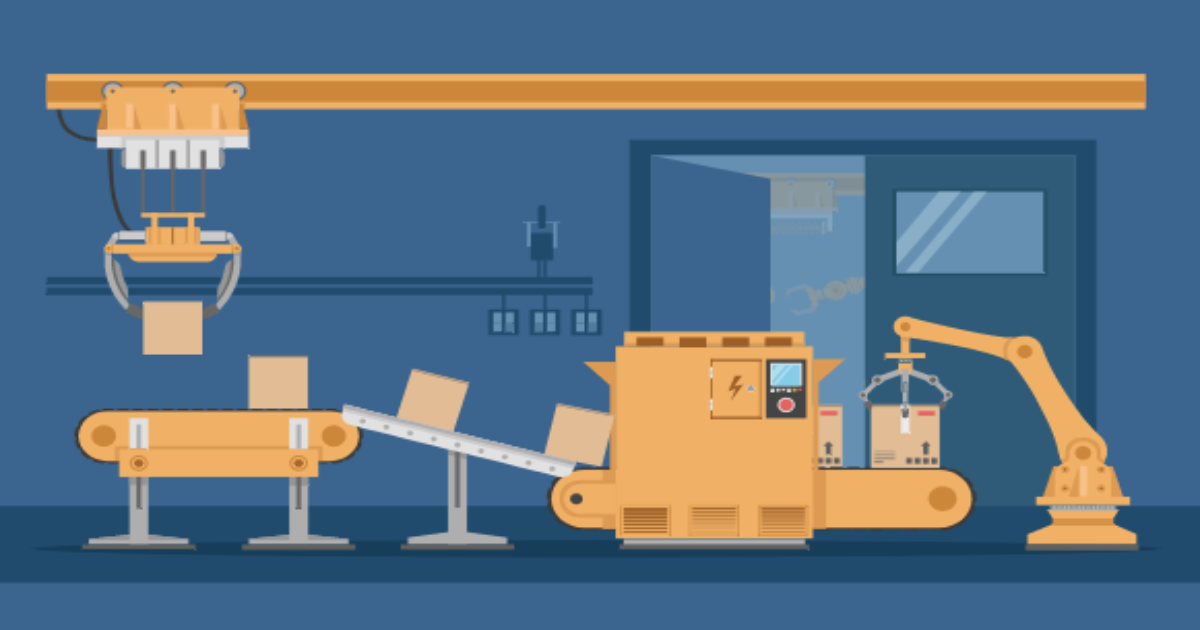Machine Monitoring and Overall Equipment Effectiveness (OEE) Optimization
Modern civilization relies on machinery and equipment of all kinds to navigate everyday challenges. From factory floors to operation theaters within hospitals, manual labor has been extensively aided, empowered, and in several cases been substituted by machinery. As much as we thank machines for making our lives easier and the world work better, there are areas where we are still on the quest to achieve breakthrough innovation. One of the major areas is Overall Equipment Effectiveness (OEE). It is a standard measurement that is used by manufacturers worldwide to gauge and improve the productivity of machines.
In simple terms, it helps to discover the actual time that a manufacturing environment is productive and identify the reason behind the gap with the actual or ideal working hours. For example, an OEE score of 100 indicates a best-case scenario when 100% of the time that a plant operates, the results are what was intended i.e., only quality products are always rolled out from the manufacturer. However, statistically, most manufacturers aim for a score of above 85 as is a benchmark for world-class productivity.
Traditionally, there was limited opportunity for manufacturers to ensure a good OEE score consistently unless they had very deep pockets to afford a costly inventory of machines that were ready to be deployed as replacements or substitutes for any machine that went bust. However, in the digital economy, the evolution of connected machines with embedded smart sensors creates a perfect chance for manufacturers to harness their operational data from machines and improve OEE.
But the smart revolution hasn’t kicked in for most manufacturers. Even though it is about time that smart manufacturing becomes more democratized, the roadmap might just be a bit longer than the digital wave witnessed in other sectors. So, what about those that still leverage legacy equipment like PLC, SCADA, etc.? The answer lies with the Real-Time Production Monitoring solution built over Delpheon.
By enabling the collection of data from even sets of legacy equipment, Delpheon offers a holistic dashboard that provides manufacturers with a range of insights that help them manage and improve their OEE scores. By modeling a digital twin, it enables manufacturers to transition into an IIoT ecosystem and have real-time production line monitoring that radically transforms equipment efficiency and productivity of the overall infrastructure.
Let us examine 3 major ways in which Delpheon helps manufacturers to improve their OEE scores with real-time machine monitoring:
Extensive visibility in real-time
Delpheon helps manufacturers get real-time visibility into their operations, the health of parts, and other assets on the factory floor. Through continuous machine monitoring, any variations in the normal behavior of any equipment can be noticed and brought to the concerned infrastructure management or maintenance teams. Timely repair or rectification of any such anomaly will ensure that OEE stays on top of its game and manufacturers can sustain high productivity levels in their operations for a long term.
Predict asset failure
In addition to tracking down components within a piece of equipment that experiences hiccups or performance downgrades, Delpheon can help with predicting the end-of-life timelines or complete failure characteristics for machines and equipment based on behavioral data from their operations. Manufacturers can initiate asset replacement activities based on the observations, thereby making their operations resilient to potential failures or disruptions that may occur in case of abrupt failure of the equipment. Sudden shocks can prove to be very detrimental to the prospects of any organization and for manufacturers, it could spell disaster. Imagine a production line in a vehicle manufacturing unit being put on hold due to a piece of equipment or electric motor powering the assembly line becoming out of service permanently. The loss of production hours can translate into millions or even billions of dollars of losses when customer order fulfillment, market competition dynamics, etc., are taken into consideration. By notifying decision-makers about the need to replace faulty or failed equipment, the overall OEE remains competitive, and the business can reap the benefits from it for a longer period.
Prolonged asset life and optimal utilization
Accurate maintenance cycles done at the right time (thanks to Delpheon’s insights from machine monitoring data) can help manufacturers prolong the healthy life of assets. Additionally, they can ensure that every machine or equipment gets its fair share of time-outs and optimal utilization depending on the workload trends or demand pressure of the business. Delpheon can quickly identify patterns of wear and tear or performance downgrade that occurs in dynamic production scenarios and help machine operators to allocate the most optimal operational schedule for each machine or asset. When there is clarity on the timeline of use for each equipment, the right time to rotate machinery in schedules, and guaranteed long term usability for components, it is natural to observe a higher OEE score as the manufacturer would be facing lesser challenges in availability, performance, and production loss.
Delivering on commitments from the market requires manufacturers to enable seamless productivity and operational excellence in their functioning. This requires an optimal working ecosystem where machines and workers co-exist and can complement each other. Talking to machines requires knowing the language they speak i.e., industrial data, which is complicated. This is exactly what Delpheon brings to the table. By harmonizing data from across your machine and operations landscape, it becomes easier to plan the most efficient production line schedules and ultimately improve OEE scores significantly. Talk to us today and schedule a live demo to know more.

